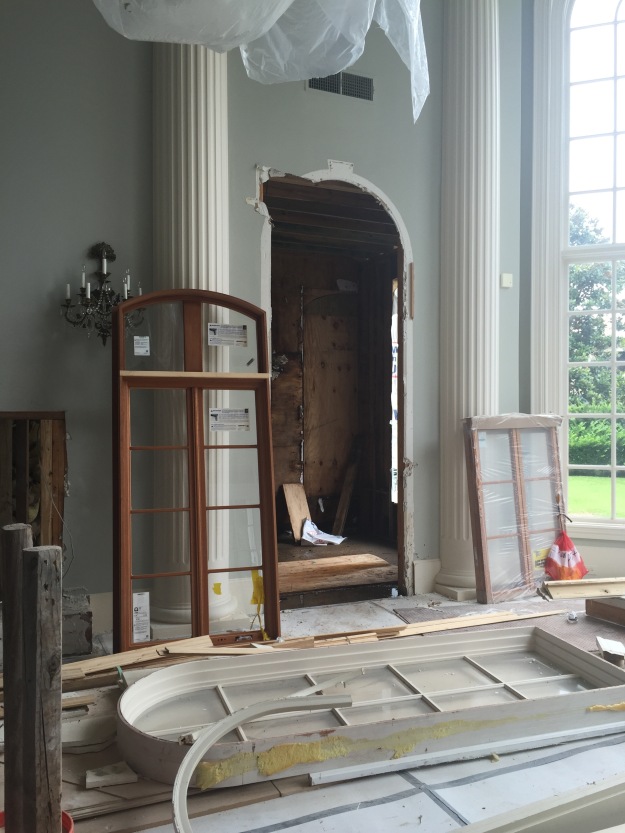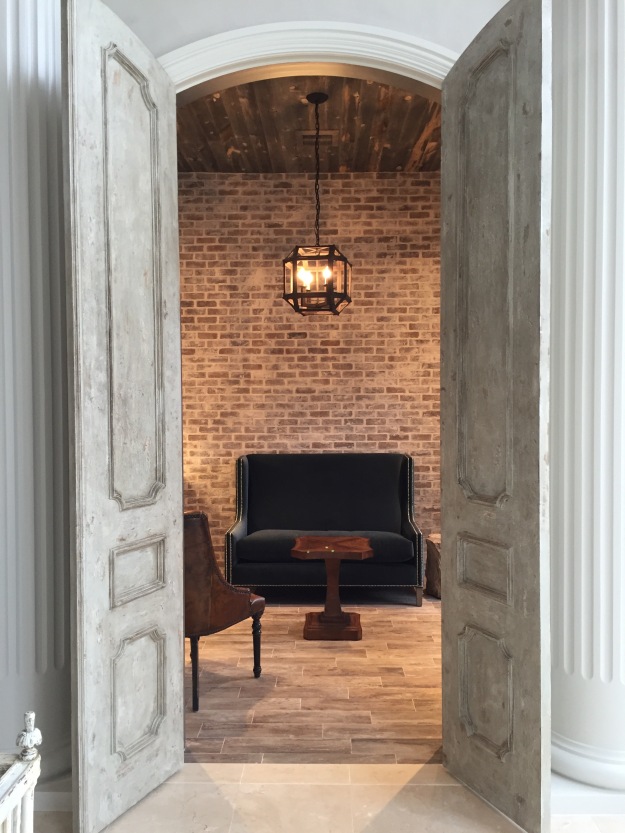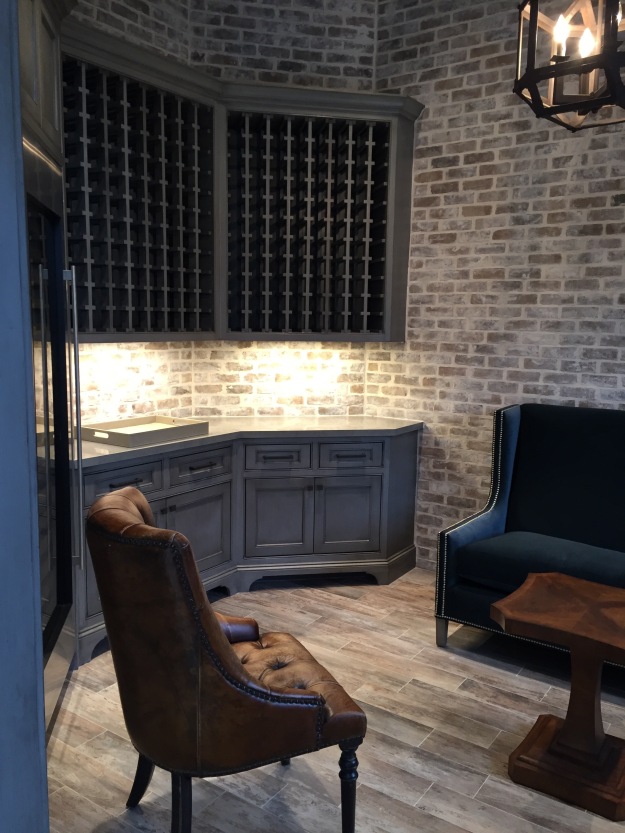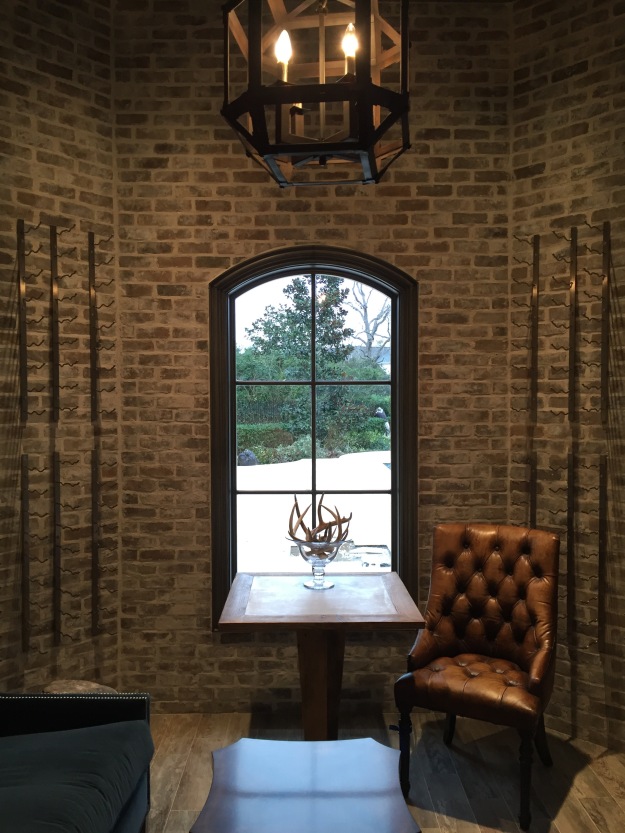Over the last several years, homeowners and homebuilders alike have welcomed a new trend in custom home design: incorporating comfortable and creative outdoor living spaces. In fact, more than 75% of respondents in the 2007-2008 National Association of Home Builders’ Consumer Preferences Survey stated that having a patio, front porch, or deck on their home was “desirable” or “essential.” This article highlights some of the Outdoor Living Spaces we’ve created in recent years.

Features of this outdoor living space:
* Expansive L-shaped loggia with two seating areas
* Milford green slate flooring with Italian mosaic inlays
* Antique pine beams supporting V-groove pine ceiling
* Several arch openings for cross ventiliation with doors for closure during winter and inclement weather
* Masonry fireplace with antique Spanish tile surround and antique timber mantle
* Summer kitchen with Al Forno pizza oven, barbecue grill, ice maker, kegerator, warming drawers, fridge, sink, and blue tile countertops
To view additional photos of this home, visit the Spanish Colonial portfolio on our website.
 Features of this outdoor living space:
Features of this outdoor living space:
* Spacious loggia with views framed by seven stone columns atop rock and back pedestal bases
* Antique pine beams supporting 1×6 tongue-and-groove clear cedar plank ceiling
* Summer kitchen featuring 48 inch grill with custom designed and fabricated copper hood, concrete countertops and sink
* Masonry fireplace with rock cladding; Limestone flooring set in Ashlar pattern; Custom iron chandeliers
* Two interior courtyards with Tuscan-style water features and landscaping
To view additional photos of this home, visit the Tuscan Villa portfolio on our website.
 Features of this outdoor living space:
Features of this outdoor living space:
* Loggia and Veranda overlooking infinity edge pool and 75 acre lake
* Cedar planked vaulted ceiling with timbers and beams supported by Doric columns
* Summer kitchen featuring pizza oven, custom cabinet system, concrete countertops and integral sink
* Reclaimed Old Chicago brick walls and masonry fireplace; Pennsylvania Blue slate flooring
* Large elk antler chandelier and stained glass window details
To view additional photos of this home, visit the Louisiana Acadian portfolio on our website.































